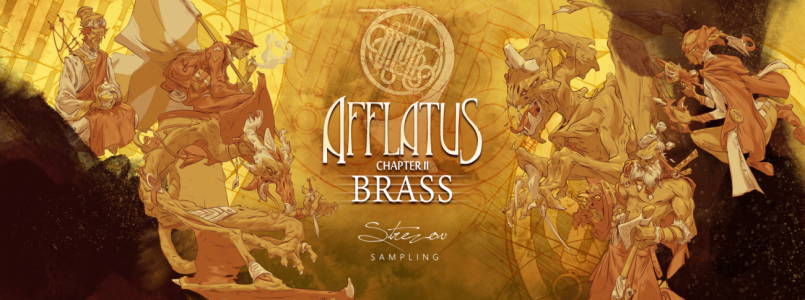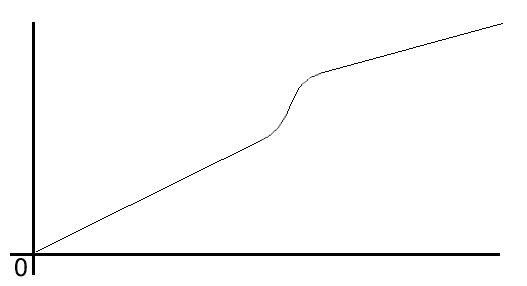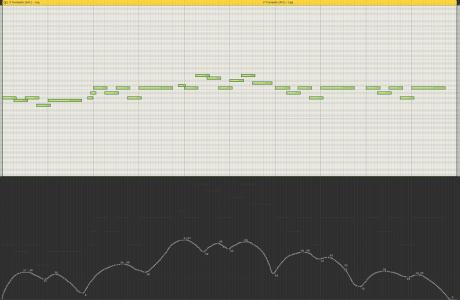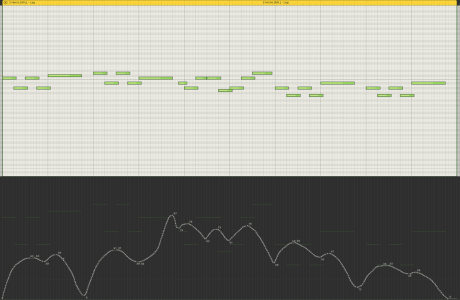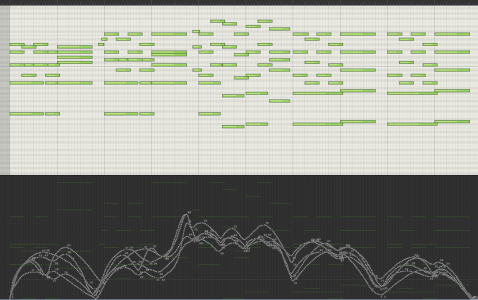I concur with
@Trevor M. There is definitely problems with some of the legato transitions in this library. I haven't had the time to go through it all but this far I've been a bit disappointed with some of the instruments.
The main problem I’ve run into is the excessive amplitude of the legato transition samples. Sometimes they’re fine but sometimes I've had them jump out by 10 dBs above the sustain samples they are supposed to be connecting. I've mainly had these problems with the 3 Trumpets patch and the 2 Horns patch. In my experience the solo instruments are a lot better than the ensemble patches regarding this problem. For the type of writing I do, this is still a big problem and
@StrezovSampling did tell us "no bumpy legatos". That was one of the main reasons for why I pre-ordered this library.
I contacted
@StrezovSampling about the legato transitions and also suggested that they put controls in the GUI for adjusting the over all amplitude of the legato transition samples. They didn’t seem to think that was a good idea though and said that they’d probably just tweak the transitions in an update. I still think being able to control the amplitude of the legato transition samples would be very helpful, especially if you could program it via CC.
Beyond problems with some of the legatos, I've also run into the problem with some of the crossfades that OP is talking about. Some crossfade are just quite abrupt. I didn’t find this to be as much of a problem as the legatos but still quite annoying from time to time.
Don’t get me wrong, there are a lot of great thing about this library as well. It just isn’t great for the things I need it to do. Yet. I have a lot of hope that
@StrezovSampling will update the library with fixes to the bumpy legatos and uneven crossfades.
